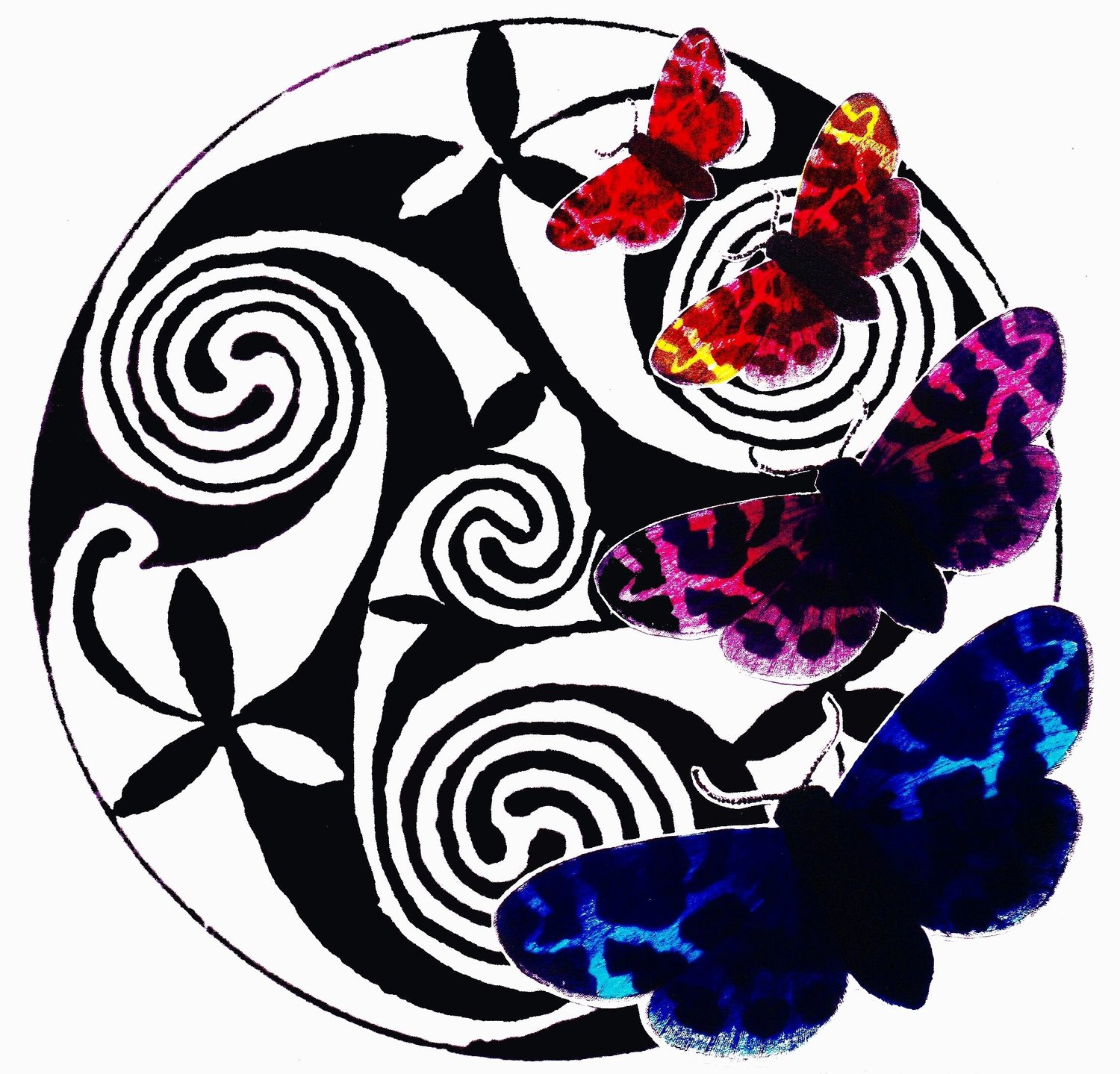I will be reviving some of my old posts using colour theory over the next few weeks.
Here is Part One.
.....................................................................................................................................................
I was a colour & design tutor for a few years & still teach applied colour theory when I run design workshops.
Designers use a 6 primary colour wheel.
That means - 2 x yellow (1x warm, 1 x cool)
- 2 x red (1 x warm, 1 x cool)
- 2 x blue (1 x warm, 1 x cool)
Then there are the 3 basic secondaries - when 2 primaries are mixed together.
Orange - made by mixing red & yellow together.
Green - made by mixing blue & yellow together.
Purple - made by mixing red & blue together.
Extended secondaries sit in between each secondary .
red orange, mid orange, yellow orange
yellow green, mid green, blue green
red purple, mid purple, blue purple.
This is when a secondary colour & a primary are mixed together in varying amounts.
You make this colour by taking warm yellow & adding a very small amount of purple to it.
Khaki, beige, mushroom etc, all originate from having two secondaries added together in various amounts.
These are called TERTIARY colours - because it amounts to all 3 primary colours being mixed together.
They are often knocked back using black or white or grey, to create the colours we use in fabrics, interiors etc.
Most of the colours we use in decor, printing etc come from the secondary & tertiary range.
Pure colours (unmixed colours or pure chroma colours) can be difficult to live with.
This I think is a showroom shot, because any child you put in this room would be overstimulated. Especially if facing the sunny side of your house.
I would choose one of these colours (below) as a feature wall otherwise it's a bit too much over kill.
If a whole room was like this it would be oppressive in our western context.
In a living space pure colours (pure chroma) are usually used as highlights.
Our eyes usually need somewhere to rest - so using colour as a highlight is more interesting.
They are always toned down (or knocked back) using the opposite colour on the colour wheel or by adding black or white.
This means to lighten (tint) or darken (tone) the colour.
I have heard that if you have eye strain, the best thing to do is to look at green growing things - it calms down over strained retinas apparently.
A good excuse to go outside I think.
All of the colours in this interior have been knocked back so they are more restful
The way our retinas read colour means that sometimes they will hit overload & will crave the opposite colour.
For example, If you have been inside a blue tent for a long period of time, when you come out everything will appear orange.
That is because your eyes have hit blue overload & orange is opposite blue on the colour wheel (see wheel above).
Also, the way we use colour has a lot to do with the culture we grew up in.
In various cultures colours mean different things.
I'll add some history about the colours as well.
Narda.











